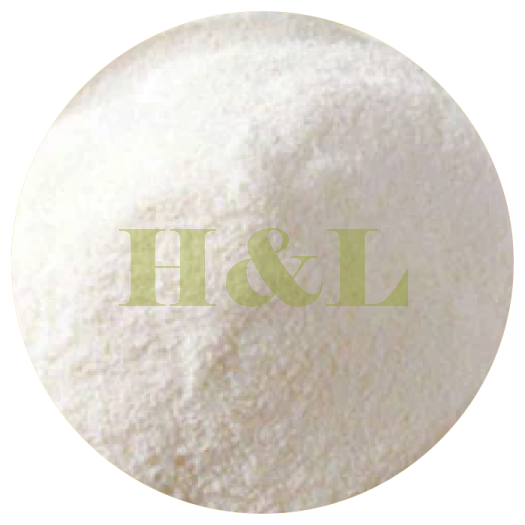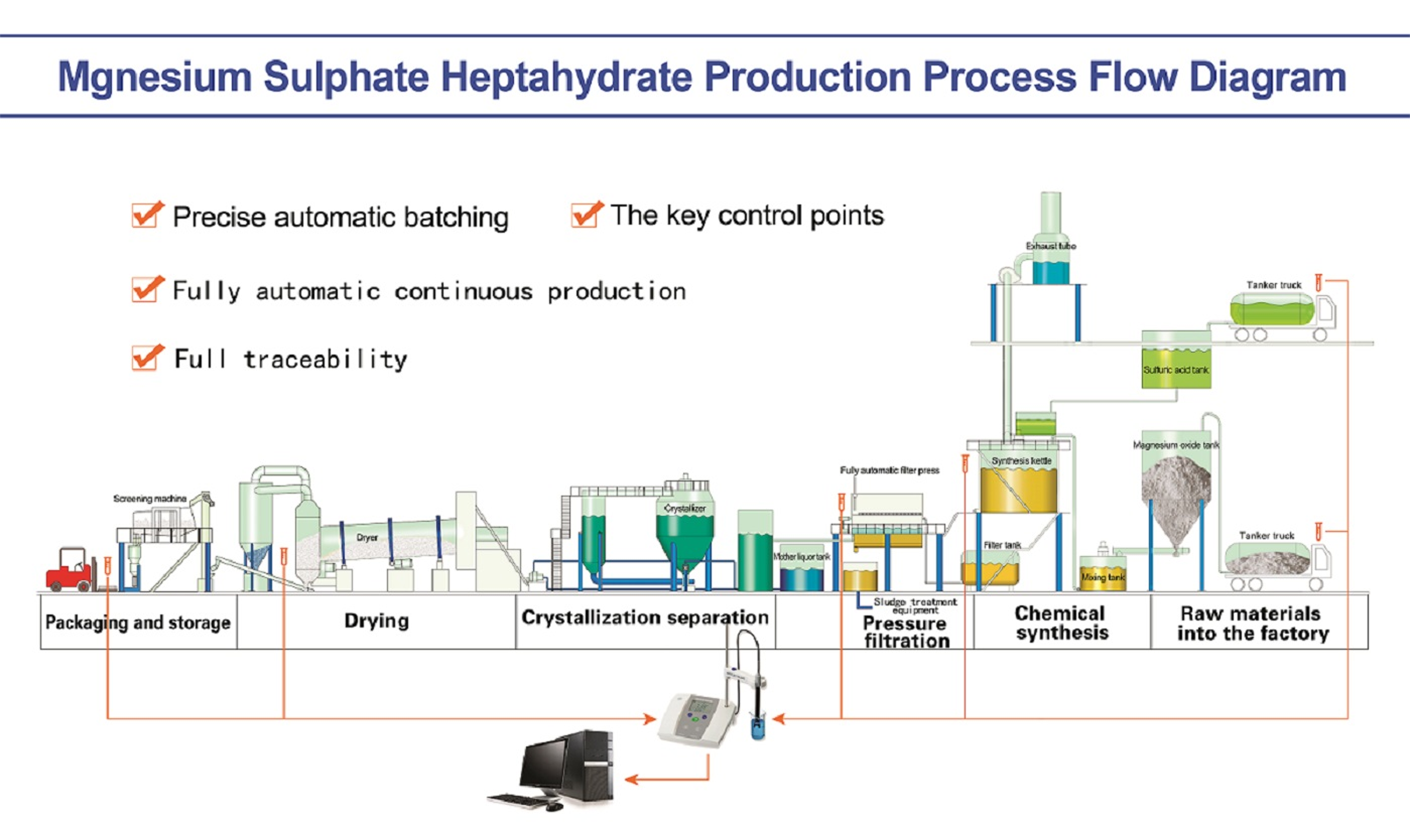Guaifenesin is an expectorant commonly used to relieve chest congestion and help loosen mucus in the airways, making it easier to cough up. Here are some key points about its usage:
### Indications
- **Cough Relief**: It is often included in cough and cold medications to help clear mucus from the respiratory tract.
- **Respiratory Conditions**: It can be helpful for conditions like bronchitis, asthma, and pneumonia where mucus build-up is a concern.
### Dosage
- **Adults and Children over 12**: The typical dosage ranges from 200 mg to 400 mg every 4 to 6 hours, not exceeding 2,400 mg in 24 hours.
- **Children under 12**: Dosage varies based on age and weight; it's important to follow the instructions on the medication packaging or consult a healthcare provider.
### Forms
- **Oral Tablets/Capsules**: Available in immediate-release and extended-release formulations.
- **Liquid Form**: Available as a syrup or solution, often flavored for easier consumption.
### Side Effects
While generally well-tolerated, possible side effects may include:
- Nausea
- Vomiting
- Dizziness
- Headache
- Rash
### Precautions
- **Hydration**: Staying well-hydrated while taking guaifenesin can enhance its effectiveness.
- **Consult a Doctor**: Individuals with certain medical conditions, such as chronic cough due to smoking or asthma, should consult a healthcare provider before use.
- **Pregnancy and Nursing**: It’s important to consult a doctor if you are pregnant or breastfeeding.
### Drug Interactions
Guaifenesin is generally safe, but it may interact with other medications, so it’s best to check with a healthcare provider if you are taking other prescriptions or over-the-counter drugs.
### Conclusion
Guaifenesin can be a useful medication for managing cough and mucus-related issues, but it should be used as directed, and users should be aware of potential side effects and interactions. Always consult with a healthcare provider for personalized advice.




 Guarantee safe
Guarantee safe 






